When Miguel and Mikayla Reyes launched Quesadilla Gorilla in Visalia, California, they weren’t just selling quesadillas – they were tapping into a growing demand for customization. By letting customers build their meals with fresh ingredients and signature salsas, they transformed a small local shop into a rapidly expanding chain.
Fast food chains are no longer defined by speed alone – choice now drives the industry. Consumers are rejecting fixed menus in favor of meals that fit their diets, tastes, and lifestyles. A 2024 report by Tillster found that one in three quick-service diners skipped a restaurant because it lacked customization, a jump from 21% the previous year.
Personalization isn’t just a trend – it’s an expectation. More than half of diners (58%) say they’re more likely to recommend a fast food chain if they had a positive custom-ordering experience. For Quick Serve Restaurants or QSRs, that’s not just about loyalty – it’s about survival.
QSRs are racing to keep up, using technology to turn customization from a challenge into a competitive advantage. Self-service kiosks, now fixtures in many chains, fuel this shift. Demand is rising fast – 57% of diners want more of them, up from 36% last year. Beyond convenience, kiosks give customers greater control over their meals, making customization seamless.
But technology alone isn’t enough. A seamless experience matters just as much as the ability to customize. Nearly nine in ten diners (89%) say inconsistency across locations frustrates them, and more than half (57%) will take their business elsewhere because of it. Fast food chains that embrace personalization but fail to execute it uniformly risk losing the very customers they’re trying to attract.
Image credit: Quesadilla Gorilla
Quesadilla Gorilla is proof that customization isn’t just a gimmick – it’s a growth strategy. By giving customers complete control over their meals, the California-based chain has built a cult-like following and expanded rapidly. When diners feel ownership over what they’re eating, they don’t just return – they become brand ambassadors.
The Consumer-Driven Shift
Fast food was built on uniformity – the same burger, the same fries, the same experience. But consumers now expect meals that reflect their diets, values, and preferences – and they’re willing to pay for that control.
A recent report found that 72% of fast food customers prefer restaurants with personalized ordering, and a third have ditched a restaurant that lacked it. The message is clear: if QSRs don’t offer customization, someone else will.
Dietary Needs Are Driving Change
Health-conscious consumers and specialized diets are reshaping fast food. More people are adopting plant-based, keto, and allergen-free options, forcing QSRs to adapt. In the UK, a study found that 34% of Brits follow a flexitarian, vegetarian, or vegan diet. McDonald’s responded with its McPlant burger – a fully vegan option that proved so popular it became a permanent menu item.
Gluten-free and allergen-conscious dining is no longer niche – it’s mainstream. In the US, 32 million people have food allergies, and one in ten adults avoids gluten. QSRs that once overlooked these needs are now making them a priority. Chipotle lets customers filter its entire digital menu by allergens and diet preferences, making ordering safer and easier.
Regional Preferences Are Reshaping Menus
Personalization isn’t a one-size-fits-all trend – it looks different in every market. In Japan, MOS Burger lets customers swap ingredients for vegan, keto, or high-protein options. In India, where 40% of the population is vegetarian, McDonald’s runs separate vegetarian kitchens in select locations to meet demand.
Image credit: Salad Stop!
Customization in Southeast Asia is shaped by local food culture. In Singapore, SaladStop! thrives on made-to-order salads and grain bowls, catering to a region where 65% of consumers prioritize fresh, healthy ingredients (Statista, 2024). In South Korea, Lotteria’s “Mix Your Own Burger” system lets customers pick everything from the bun to the sauce, tapping into a younger generation that values choice.
Fast Food No Longer Means Fast Decisions
Fast food has evolved from a mass-production model to a made-for-you experience. Consumers expect meals to match their dietary needs and personal values and are willing to pay for that control. Whether it’s plant-based options, high-protein choices, or allergen-free meals, customization is no longer a perk; it’s the baseline. The brands that keep up are driving higher order values and stronger customer loyalty. Those that fall behind risk becoming irrelevant.
How AI and Technology Are Making It Possible
Technology is reshaping fast food, making personalization scalable. AI and machine learning are making customization scalable, helping restaurants tailor meals while streamlining operations. For fast food chains, this isn’t just about convenience – it’s about survival in an era where consumer expectations are shifting faster than ever.
AI-Powered Ordering Systems
Image credit: Wendy’s
Automation is now streamlining drive-thru service. Wendy’s has partnered with Google Cloud to roll out FreshAI, a voice assistant designed to speed up service and reduce errors. Already in 100 locations, the system is set to expand to 600 outlets by 2025. While some diners appreciate the efficiency, others miss the human touch – highlighting the tension between automation and experience in fast food’s tech-driven future.
Digital Kiosks and Personalization
Self-service kiosks are not just about convenience – they’re becoming personalized digital waiters. AI-driven kiosks now remember past orders, suggest meal pairings, and tailor recommendations based on dietary needs. By reducing friction and speeding up service, these machines are transforming customer interactions – and helping fast food chains increase sales along the way.
Machine Learning for Menu Customization
The smartest menus now learn from you. Machine learning lets QSRs track past orders, adapt to dietary preferences, and even tweak menus based on ingredient availability. Running low on an item? The system suggests an alternative in real-time. Beyond customer convenience, these AI-driven menus help restaurants reduce waste, streamline inventory, and boost margins.
Operational Efficiency Through AI
AI isn’t just in the front of house—it’s redefining kitchen operations behind the scenes. Predictive analytics help QSRs anticipate demand, adjust staffing, and keep inventory tight. The same technology can even flag equipment issues before they cause breakdowns, cutting costly downtime. The result? Faster service, lower costs, and a more efficient back-end operation.
This shift isn’t just changing how customers order – it’s restructuring the entire industry, from kitchen design to staffing strategies.
Business Impact and Industry Disruption
The push for hyper-personalization is reshaping how fast food chains operate, forcing them to balance customization with efficiency. Kitchens once designed for assembly-line efficiency are now adapting to a made-to-order model – one that delivers choice but also adds complexity. While brands that get it right see higher sales and stronger customer loyalty, those that can’t balance personalization with efficiency risk slowing down service and driving up costs.
Rethinking fast food Kitchens
Fast food kitchens are undergoing a major overhaul to meet the demands of customized ordering. McDonald’s is experimenting with automation at a Texas location, where robots handle grilling and order assembly. Meanwhile, AI-powered kitchen display systems (KDS) are helping restaurants reduce human error and improve efficiency.
Chipotle’s “Chipotlanes” are redefining the drive-thru experience. By separating app-based orders from in-store transactions, these digital lanes reduce congestion and speed up fulfillment. CEO Brian Niccol reports that digital sales reached 37% of total revenue in 2023 – a figure likely to climb as more customers opt for customized meals.
The Business Upside
Customization isn’t just a consumer preference – it’s also good for business. A study by McKinsey & Company found that brands offering personalized experiences drive 40% more revenue than competitors that stick to traditional menus. In fast food, higher-order values, repeat purchases, and improved brand loyalty are the biggest wins.
Data collection is another major advantage. Every custom order provides insight into consumer preferences, allowing QSRs to fine-tune menu options, predict demand, and minimize food waste. A report by the National Restaurant Association found that smart inventory management driven by AI could reduce waste by up to 15%, saving businesses millions annually.
The Hidden Costs of Personalization
Despite the upside, the shift toward extreme customization brings new risks. More complex orders require more ingredients, increased prep time, and a higher likelihood of operational slowdowns. In 2023, Shake Shack’s CFO, Katie Fogertey, noted that over-customization led to longer wait times, straining kitchens and frustrating customers.
There’s also the cost of technology. AI-powered ordering systems, digital kiosks, and smart kitchen tech require significant upfront investment – something smaller franchises may struggle to afford. According to a 2024 industry analysis by Deloitte, the cost of implementing AI-driven food prep technology can range from $500,000 to over $2 million per location, depending on the scale of automation.
For QSRs, the challenge is clear: how to balance efficiency with personalization without sacrificing speed or profitability. Some are leaning on AI, others on pre-set customization limits, but one thing is certain – fast food is no longer just about being fast.
Fast Food’s New Balancing Act: Customization Versus Efficiency
Fast food chains are under pressure to rethink their entire model as customization moves from novelty to necessity. The old system of standardized meals is being replaced by flexible menus that cater to individual preferences, but adapting at scale is no easy feat. While personalized ordering can boost sales and improve inventory management, the operational complexities are mounting – forcing even the biggest QSRs to reassess how they function.
Kitchens Built for Speed Are Getting a Makeover
The shift toward customization is forcing QSRs to rethink not just their menus, but their kitchens. Designed for efficiency and volume, traditional back-of-house operations are now struggling to accommodate a growing demand for personalized meals. Chains that once thrived on uniformity are now experimenting with new layouts, technology, and automation to keep up.
Quick-service chains are automating to stay competitive. McDonald’s is testing a robotics-driven location in Texas, where AI-powered kiosks and automated fry stations are reducing labor costs and speeding up prep times. At the same time, Chipotle is using automation in its kitchens, piloting robotic tortilla chip makers to streamline production without disrupting customization. As QSRs scale automation, the challenge isn’t just efficiency – it’s integrating technology without sacrificing the personalized experience customers expect.
More Choices, Bigger Profits
Customization isn’t just about consumer preference – it’s driving higher spending at fast food chains. Research from Deloitte highlights that brands excelling in personalization see stronger customer engagement and long-term loyalty. Meanwhile, studies on digital ordering trends show that consumers spend more when they can modify their meals, opting for premium ingredients or add-ons. For QSRs, this means a direct link between menu flexibility and increased revenue, making personalization more than just a marketing tool – it’s a business strategy.
Data is another major driver. Every custom order provides valuable insight into consumer preferences, allowing QSRs to refine menus, optimize ingredient sourcing, and reduce food waste. AI-driven inventory tracking is helping QSRs minimize waste and maximize margins. The National Restaurant Association estimates these systems could save restaurants millions annually by optimizing ingredient use.
The Cost of Getting Personal
Offering limitless choices isn’t always good for business. Shake Shack CFO Katie Fogertey warned that an influx of custom orders slowed service and strained kitchen operations, frustrating both customers and staff. More ingredients mean more prep time, higher operational costs, and a greater risk of bottlenecks – issues that can erode the efficiency QSRs rely on.
The shift toward automation comes with a steep price tag. AI-powered kiosks, digital ordering systems, and robotic kitchen assistants require significant upfront investment. A 2024 Deloitte report estimates the cost of implementing AI-driven food prep technology ranges from $500,000 to over $2 million per location – an expense that could widen the gap between industry giants and smaller franchises.
QSRs are now walking a tightrope between customization and efficiency. Some are doubling down on AI to streamline operations, while others are setting boundaries on how much personalization they allow. The brands that strike the right balance will define the next era of fast food – one where convenience and choice must work in sync.
The Future of Hyper-Personalized Fast Food
The next wave of fast food will be shaped by technology and consumer demand for hyper-personalization. What was once a novelty is fast becoming the norm, with AI-driven pricing, predictive meal planning, and real-time nutrition tracking set to redefine how QSRs serve their customers.
Dynamic Pricing
Dynamic pricing, long used in airlines and hotels, is now entering fast food. AI-powered pricing models adjust costs in real-time based on demand, location, and even weather. A surge in lunchtime traffic? Expect a slight uptick in menu prices. A slow afternoon? Discounts might appear to draw in customers. The goal isn’t just profit – it’s about balancing kitchen efficiency and customer flow to avoid bottlenecks.
AI-Generated Meal Plans
AI-driven meal planning is changing how customers interact with fast food menus. Using past orders, dietary preferences, and budget constraints, algorithms can now recommend tailored meals in real time. Billionaire Marc Lore, through his company Wonder, is betting on AI-powered meal curation that personalizes menus to match individual needs. The result? A shift from one-size-fits-all offerings to menus that adapt to customers – not the other way around.
Personalized Nutrition Tracking
Nutrition-conscious consumers are demanding more than just quick meals – they want food that fits their health goals. fast food chains are tapping into this trend by linking menus to wearable tech and health apps, offering real-time meal recommendations based on calorie needs, macros, or fitness plans. By turning fast food into a data-driven dining experience, QSRs are positioning themselves as allies in personal wellness rather than just a convenient option.
Regulatory and Ethical Considerations
AI-powered personalization isn’t without controversy. With fast food chains collecting customer data to refine menus and pricing, concerns over privacy and data security are growing. The 2024 exposure of the WildChat dataset, which leaked sensitive AI interactions, highlighted the risks of poor data handling. If QSRs want consumers to embrace AI-driven dining, they must prove their systems are transparent, secure, and not exploiting personal data for profit.
AI-driven menus raise another concern – are they truly serving consumers, or just steering them toward higher-margin meals? Critics warn that AI could prioritize profits over nutrition, subtly pushing customers toward pricier, less healthy choices. Regulators are beginning to scrutinize how food brands deploy AI, with calls for transparency around algorithmic decision-making and whether recommendations serve the diner or the bottom line.
Empowering Consumers in the Age of Personalization
Fast food is no longer a one-size-fits-all industry. Consumers expect choices that reflect their health goals, ethical beliefs, and personal tastes – shifting from passive diners to active decision-makers. But with more power comes more risk. The industry must find a way to balance innovation with transparency, ensuring that personalization enhances, rather than exploits, the dining experience.
Get regular insights
Keep up to date with the latest insights from our research as well as all our company news in our free monthly newsletter.


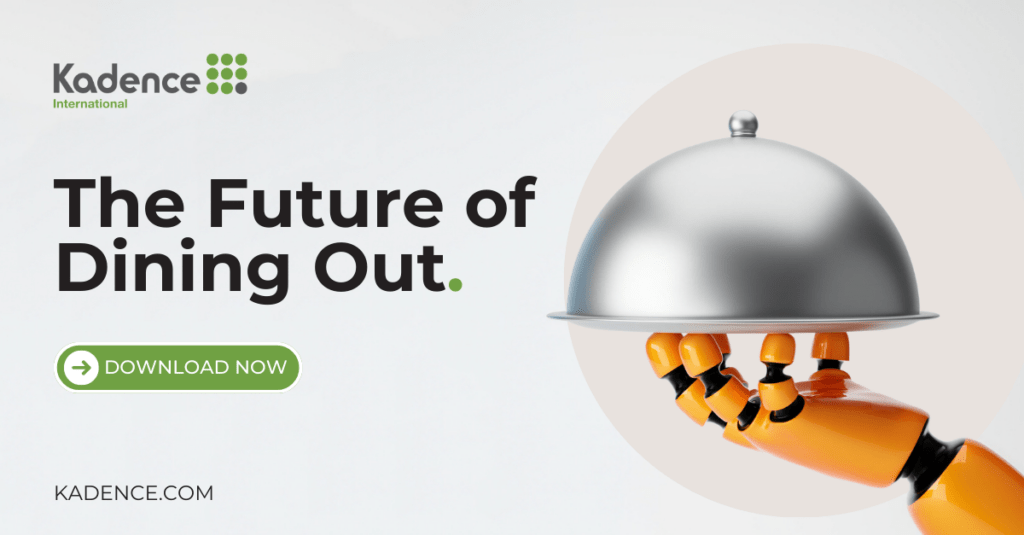


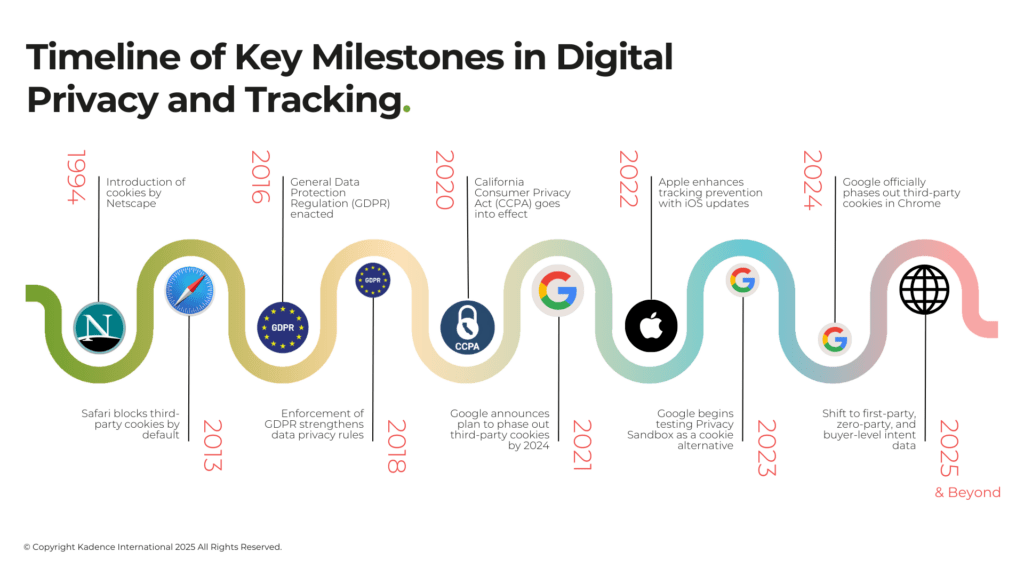

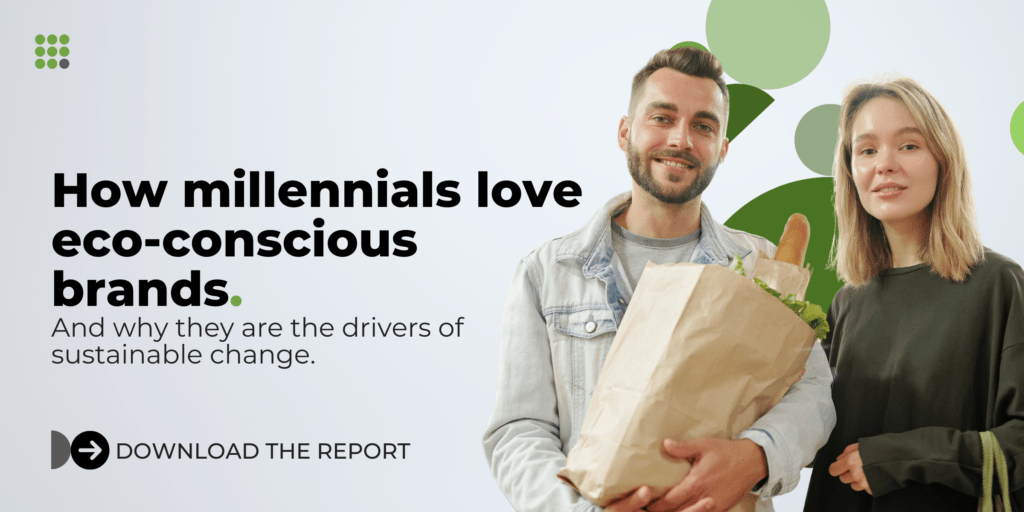
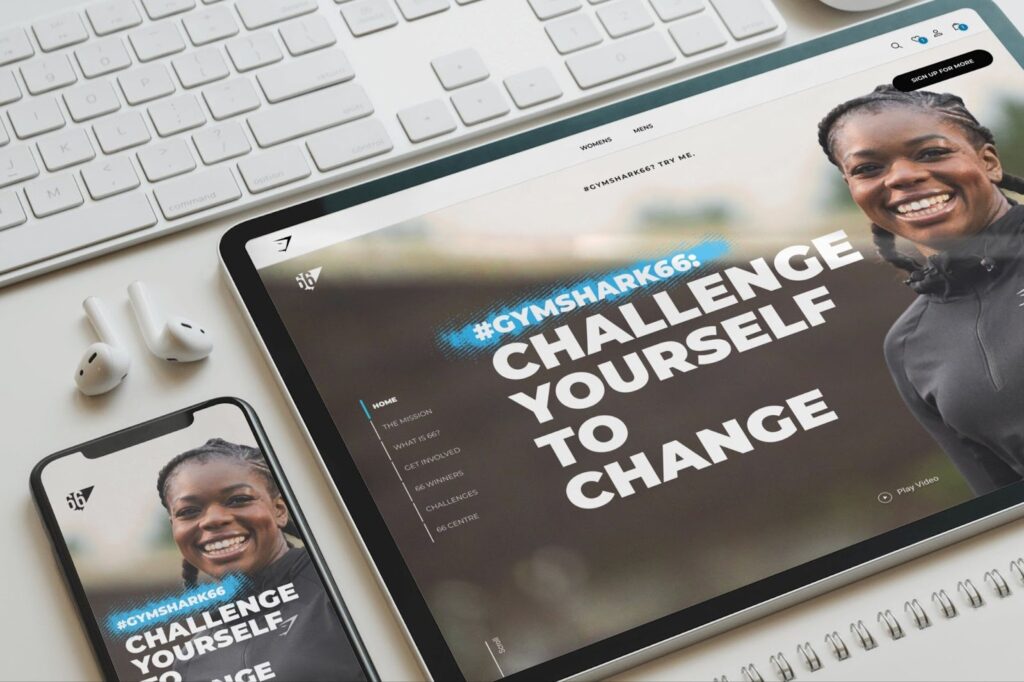
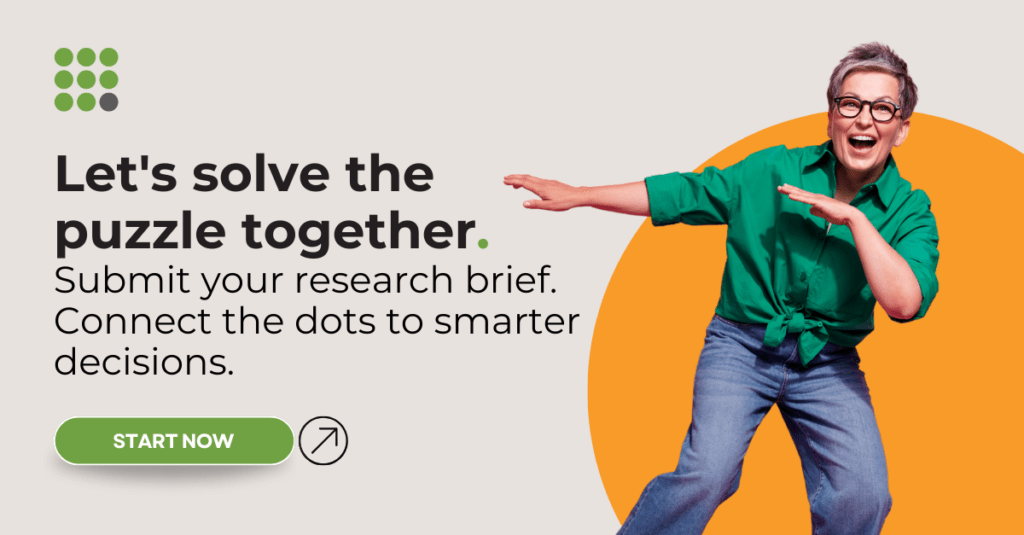

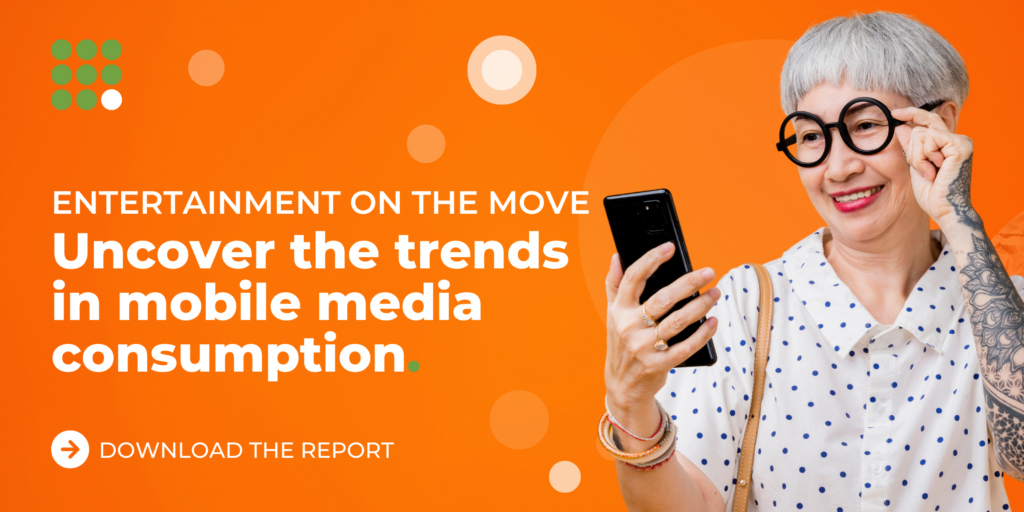



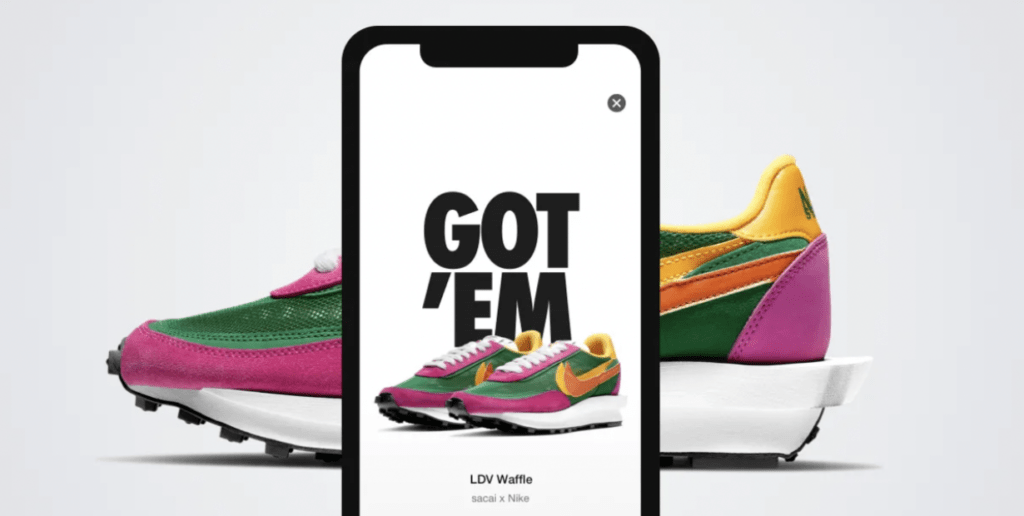



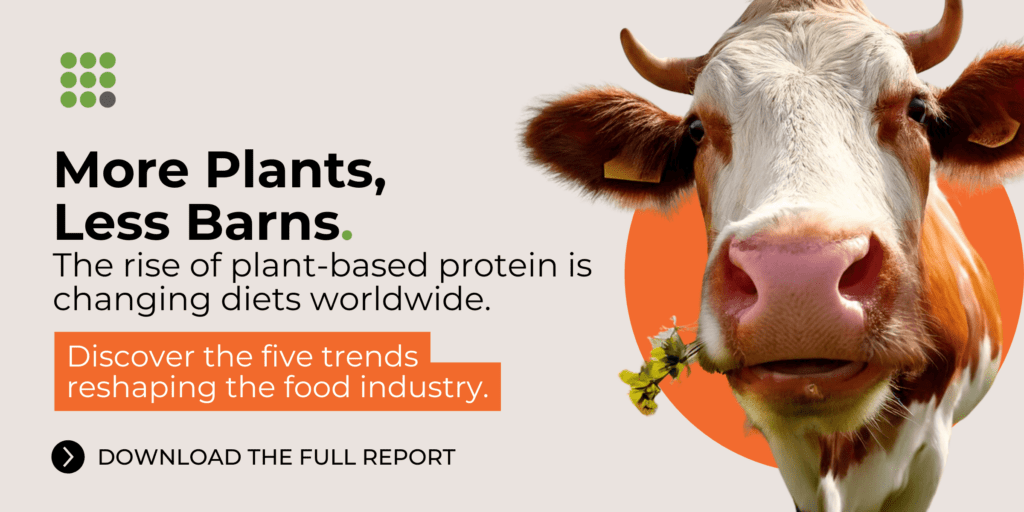
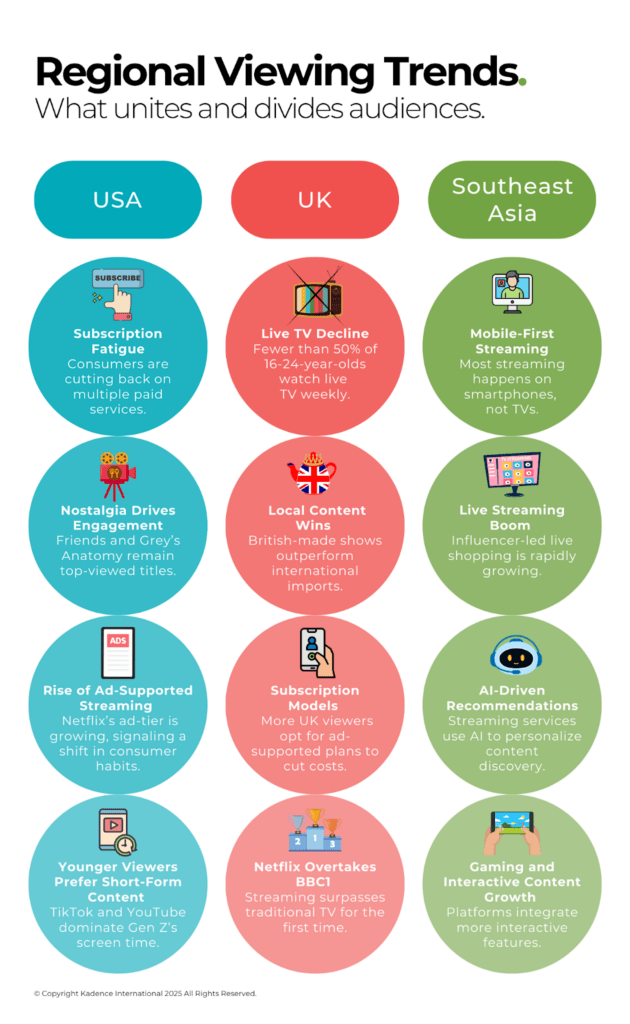

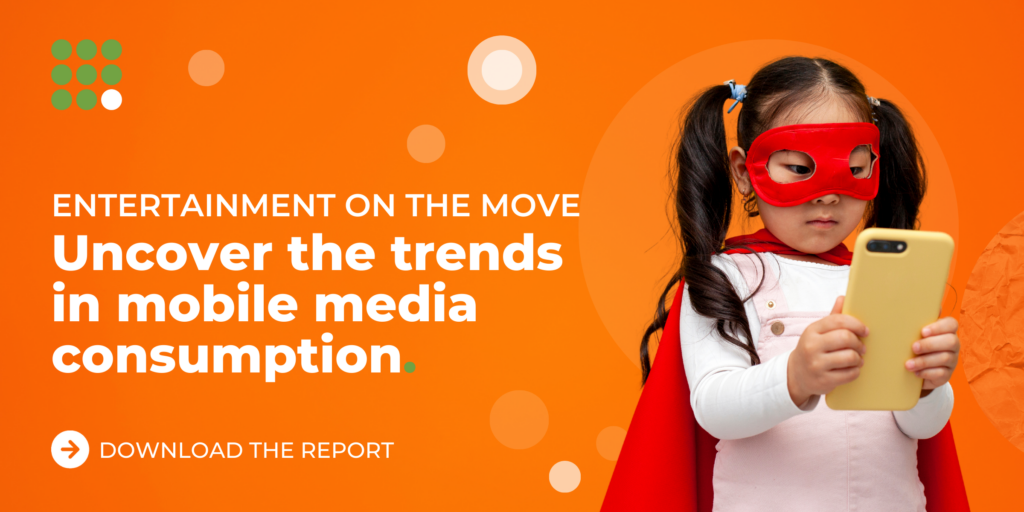
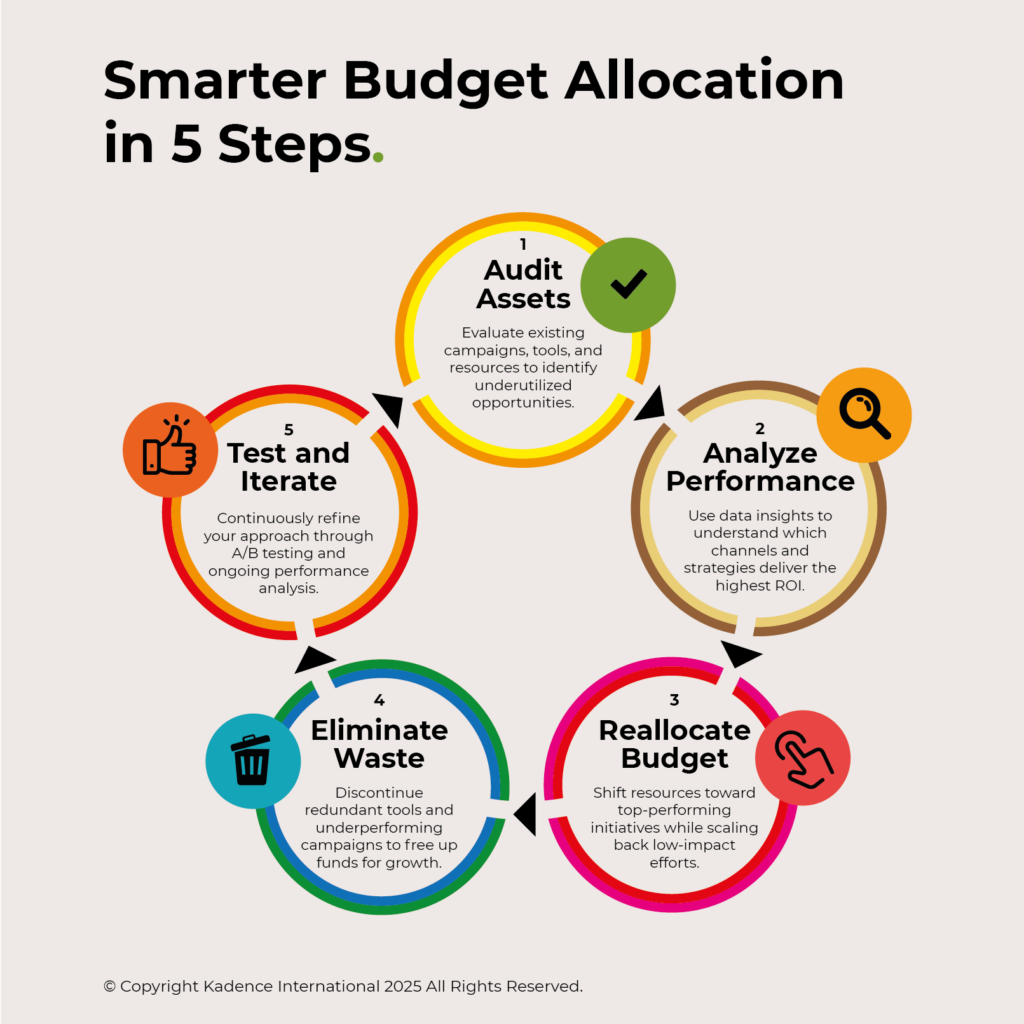
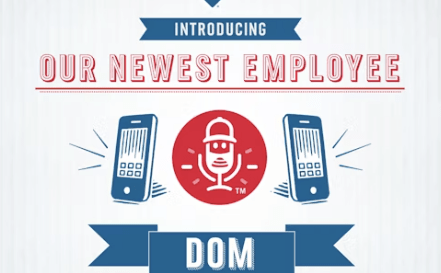
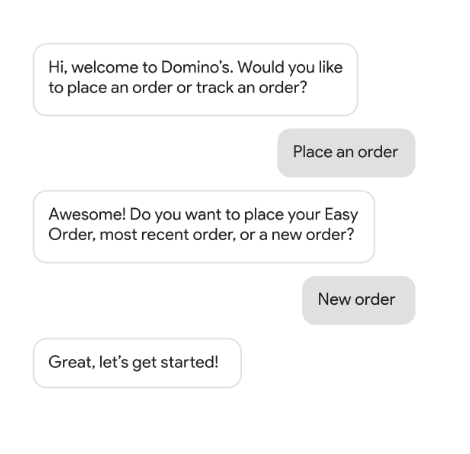

 Senior Marketing Executive
Senior Marketing Executive Sales & Marketing
Sales & Marketing General Manager PR -Internal Communications & Government Affairs
General Manager PR -Internal Communications & Government Affairs Vital Strategies
Vital Strategies
 Customer Intelligence Director
Customer Intelligence Director